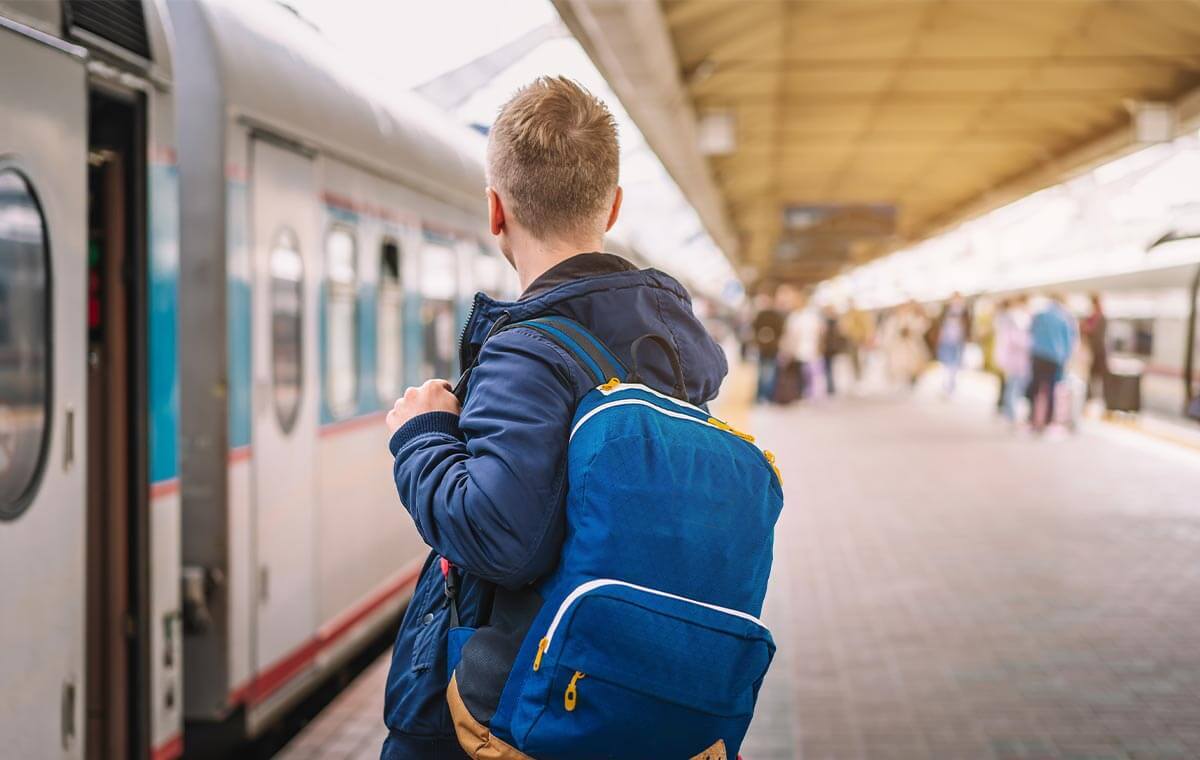If this last year has shown us anything, it’s that tenant experiences cannot be confined to the four walls of an office space. The entire commercial real estate (CRE) industry has grappled with how to transform the traditional office to keep employees happy and safe. For this reason, modern workplace amenities are taking on new and creative forms.
To successfully address the growing number of employees that are spending less time working from home, CRE teams have turned their attention to streamlining the workplace commute — and for good reason.
A seamless, timely commute can set office goers up for a successful workday. However — especially for riders of public transit — an overcrowded, delayed commute can add unnecessary stress to their day before they even enter the office.
As a Senior Customer Success Representative at HqO, Gillian Vesley knows that transit solutions are vital to the tenant experience. “If someone is frustrated and showing up late to a meeting, or feeling upset about their commute every day, then they’re not going to want to come into your building anymore. Instead, they’re going to want to work remotely or find a job closer to home. Fortunately, technology exists to ease all of these pain points, and it’s definitely being applied to the workplace.”
Changing Commuting Trends
A lot has changed since we took a look at the revival of micromobility trends back in March. More flexible work schedules mean that people are returning to physical offices in different ways.
Each week, the American Public Transportation Association (APTA) tracks ridership trends in order to help public transit agencies respond to frequent changes in the commute. The end of June marks an all-time high this summer, with all regions across the U.S. seeing over 46% in demand for public transit.
However, the 2021 First Quarter report from APTA marks a staggering 57% decline in ridership in comparison to Q1 of last year. Reports from HqOS Marketplace partner Kastle Systems reflect this trend: San Francisco and New York — two dense population centers with heavily used mass transit — have the lowest share of employees back in the traditional office.
The decline of mass transit ridership has also spurred greater incentives to drive to work, such as employer-provided parking and flexible parking passes to fit hybrid work schedules. Micromobility use, such as bikes and scooters, still remains a popular method of commuting, with adoption predicted to skyrocket through 2025.
The Commute As A Modern Workplace Amenity
Technology remains one of the most influential amenities for modern offices. Amenities are crucial in remaining successful in the market: pre-pandemic, highly amenitized office buildings commanded higher rents. Those with the best amenities generated rent premiums of 18% or more than neighboring buildings with fewer amenities.
Thus, the most successful property teams focus on much more than office design. These teams channel their office experiences through a building amenity app, allowing those who work remotely to indulge in the same experiences and company culture as those who come into the office. In this way, tenant experience technology can help ease anxiety around the workplace commute.
Modern Commuter Needs Require Modern Solutions
Shifting commuting trends have led to heightened interest in technology integrations with parking operators and other touchless solutions.
This is why we’ve partnered with leading technology providers to help address commuter pain points and offer solutions for every mode of transportation, including:
- Shuttles: partners like Tripshot allow riders to track office shuttle locations and see schedule updates in real-time.
- Parking: partners like Valet Manager and ParkMobile seamlessly connect drivers to on-site valet or available parking spaces to ensure a smooth and safe trip to the office.
- Public Transit: partners like Transitscreen aggregate public transit data so riders can easily optimize their trip.
- Micromobility: partners like Passenger provide real-time data on the status of local bike shares, scooters, and other shared mobility options.
As the industry evolves, tenant experience solutions will be the key behind landlords addressing all aspects of the workplace experience, from driveway to desk. This modern lens will be the only way to compete with remote work and offer tenants the best of both worlds among hybrid work models.
Start reducing commuter pain points with tenant experience technology: schedule a free consultation today.



